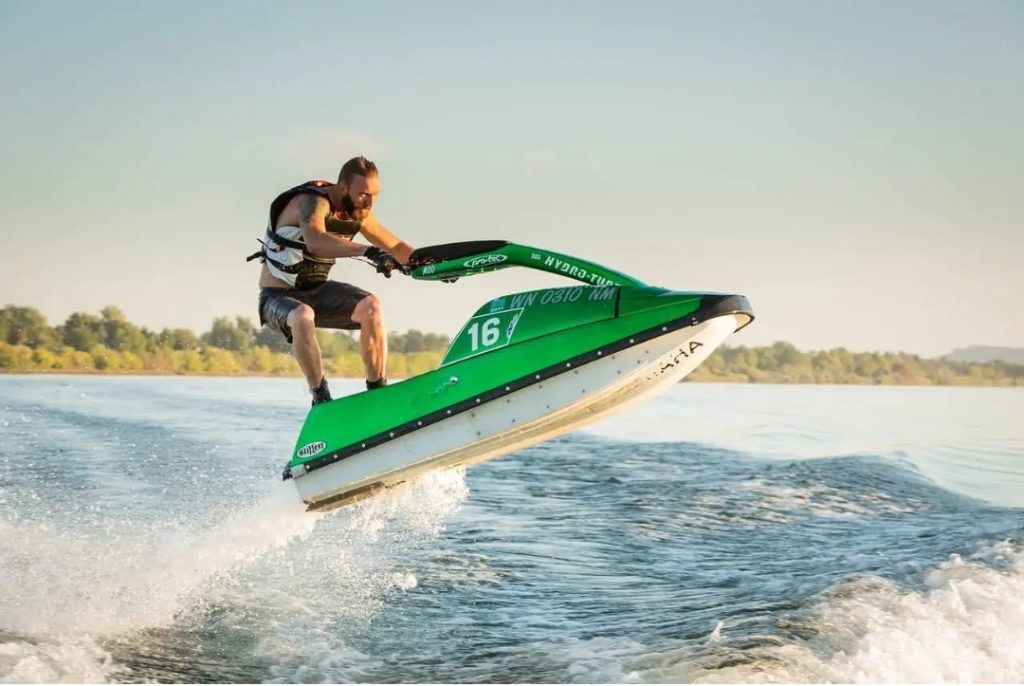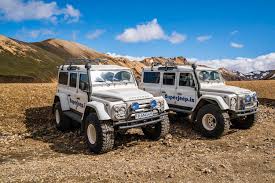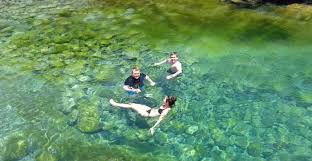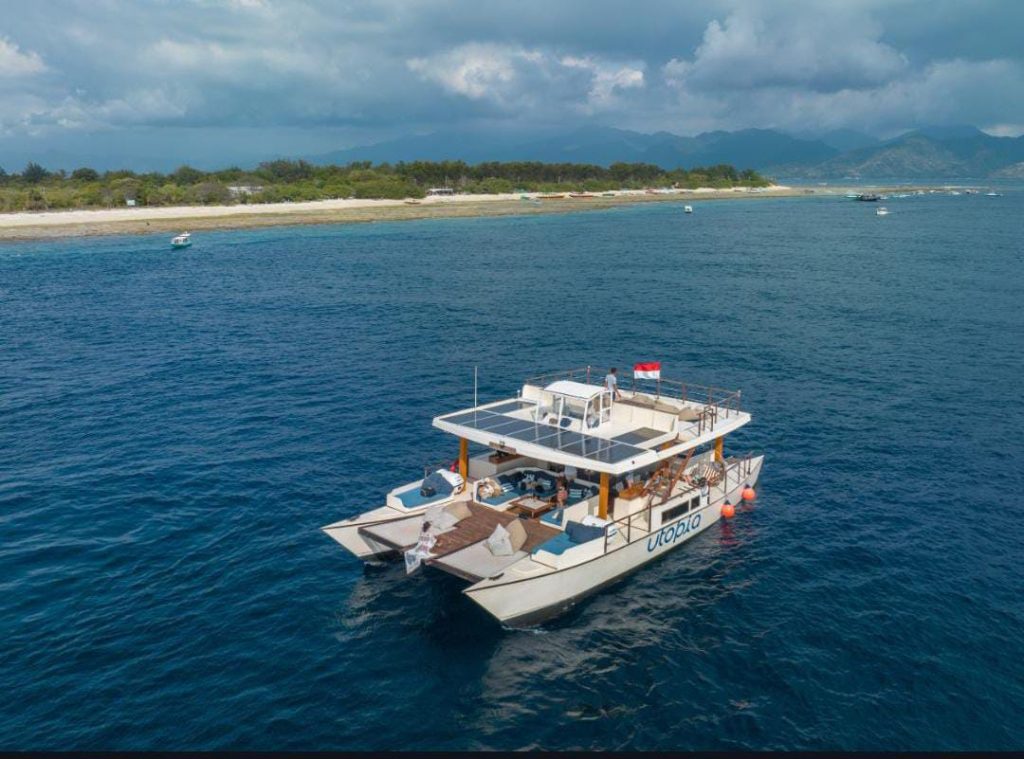Everest Base Camp: Short Trek vs. Regular Trekking – Making the Right Choice
Everest base camp is the best trekking destination for trekkers all around the world. It has become a dream of not just beginner trekkers, but also advanced and experienced trekkers to complete the trek. The base camp is one of the highest base camps in the world at an elevation of 5,364 meters (17,598 ft) above the sea level. It is not quite tough to make it up to the top of the base camp. The steep trails in between might be challenging for many trekkers. What makes the EBC trek the toughest is the altitude.
Not every trekker who goes for the Everest base camp trek is going to be habituated with the high altitude of the Khumbu region. When trekkers go from a low height to a higher altitude, then their body cannot easily withstand the change. As for the physical capacity, anyone with a fit body can train himself by trekking to less challenging locations and indulging oneself in adequate physical activities.
A lot of trekkers wonder whether it is right to go for a short trek or regular trekking to the Everest base camp. In this article, we will consider everything that will help you in making the right choice. Make sure to read till the end!
What is the time duration for the short Everest base camp trek and regular Everest base camp trekking?
The time duration for the short Everest base camp trek is 7 days. And, the time duration for a regular Everest base camp trek is 14 days, or two weeks in total. Most of the time, it is experienced and expert trekkers who go on a short EBC trek while beginners or people with less expertise in trekking go on regular EBC trek.
Going to a shorter Everest base camp trek does not necessarily mean that you will finish a rather difficult journey in a small amount of time. And, regular route or the longer route also does not mean you will be unnecessarily spending more time on the trek. In another sense, both short and regular Everest base camp trek have their own benefits, and the accomplishment of a trekker is dependent on himself.
Which is the better choice? Short Everest base camp trek vs. Regular Everest base camp trek
A trekker can make a proper choice on whether he should choose a short Everest base camp trek or a regular Everest base camp trek, primarily, by analyzing his own potential as a trekker. If you have been to challenging treks like the Everest base camp trek more than once before, then you can easily save time by going to the short Everest base camp trek. This is because your body will not suffocate or have a hard time familiarizing with the altitude. Likewise, you will also be able to overcome the challenges that come your way when it comes to the level of difficult trails and steep roads.

However, a beginner or a person who has not been to as many challenging treks should not opt for a difficult trek journey that will last less than two weeks. Though on the surface level, a shorter trek may seem like a better choice to save time and energy, it is not quite the truth. Your body needs training, rest, and acclimatization. Trekking to locations at a lower altitude is never the same as trekking to one of the world’s highest base camps (i.e. Everest base camp).
Henceforth, anyone with proper expertise and as much confidence can choose a short trek for EBC, while every other trekker should go for regular trekking to the base camp.
Why is regular trekking to Everest base camp the right choice to make for beginners?
While the short Everest base camp trek has its own pros, there are few cons that a regular trekking journey makes up for. The following are the reasons as to why you should choose the regular route as a beginner:
- Interaction with culture:
When you are trekking through the regular route, it takes you a longer to reach the end destination. This also means that you get the chance to explore the beauty of the culture of the people, their lifestyle, as well as the amazing cuisine of the Khumbu region. You wouldn’t otherwise be able to explore the goodness of these aspects if you choose to go on a short trek to Everest base camp.
- Lesser traffic:
Trekkers will not experience excessive traffic on the trails if they go for the regular route. When you reach the Everest base camp from a shorter route, you will very often face the problem of traffic, as there are many other fellow trekkers who are looking to reach the base camp quickly.
- Acclimatization:
Acclimatization is crucial for trekkers in order to comfort their body and adjust to the changing altitude. A slow trekker will slowly adjust to the altitude changes while a fast-moving trekker will not quite get the chance to adjust his body. The latter has a greater chance of suffering from respiratory problems and altitude sickness than the former.
- Adequate rest days:
Trekking continuously with an aim of finishing the journey leads a trekker to face physical problems in the long run. When you are trekking on a steep and rural trail for 5-6 hours every day, your body calls for a rest. Give your body enough time to rest by taking longer to reach the end destination. It is not important that you only complete your trek within 14 days. If necessary, be comfortable to take more days to rest and stretch the journey span.
Why is a short trek to the Everest base camp suitable for trekkers?
Though there are few cons of short trekking to the Everest base camp, there are also some pros that trekkers, especially those who have adequate expertise in mountaineering, should keep in mind like:
- Lower cost:
Trekkers will be required to pay more if they are trekking through the regular route or, in other words, a longer route. Short trek means you will complete the EBC trek in a week or nine days only.
- Lesser time:
Many trekkers who only intend to spend days trekking instead of exploring the Khumbu region. This makes them want to save their time and energy accordingly. Finishing a trek in around a week means that you will be returning home quicker than those who take the normal route.
- Improved stamina:
Taking a short trek pushes you beyond your comfort zone, which means your body’s stamina will improve to a great extent. While you move further in your journey, you will feel energetic as well as physically strong as you become closer to your destination.
- Stronger willpower:
Anyone who goes on a short trek instead of a long one has a zeal in them to reach the end destination, Everest base camp, successfully. While those heading towards the EBC through a regular route have more of a relaxed mindset, those going on a shorter trek have a stronger willpower throughout the trek.
Itinerary of short Everest base camp trek
Day 1: Kathmandu to Lukla from Tribhuvan International Airport. Trek from Lukla to Monjo.
On the first day of your short Everest base camp trek, you will be flying from Kathmandu’s international airport to the Lukla airport. From here, you will take some time to explore Lukla and then head for a trek towards Monjo. You will spend a night at a teahouse in Monjo.
Day 2: Monjo to Namche Bazaar
At the earliest hour, you will start your trek from Monjo to Namche Bazaar. You will hike for around 5 hours until you reach the only marketplace in the Khumbu region. You will get to stay in a rather more luxurious hotel here.
Day 3: Namche Bazaar to Tengboche
From Namche Bazaar, you will be trekking to Tengboche on your third day. The trek of this day carries a great religious significance, as Tengboche is one of the most highly regarded monasteries in the Khumbu region. And, the Mani walls in the monastery will also give you an insight into the history and stories of the culture of the people living in the area.
Day 4: Tengboche to Dingboche
After having a religious and cultural experience in Tengboche, you will head towards Dingboche, which is perfect for trekkers who want to view the beautiful peak of Ama Dablam. You will be resting in teahouses around Pangboche and Somare. Before that, you will also cross the famous Imja Bridge. The trek of this day will also mark as a beautiful memory for the trekkers.
Day 5: Dingboche to Lobuche
Having spent a night at Dingboche, on the 5th day trek, you will be heading towards Lobuche. On your way to Lobuche, you will get a chance to come to the Khumbu glacier. You will have a hearty meal at Thukla, which is a popular resting spot. Once you reach Lobuche, you can finally rest and sleep cozily in a teahouse there.
Day 6: Lobuche to Everest base camp
Trekkers have to make sure that they have had an adequate rest before trekking to Everest base camp via Gorakshep, as this is the longest trekking day among the seven days of the trek. Similarly, after making it to the Everest base camp, you have to return to Gorak Shep to spend the night.
Day 7: Kala Patthar to Kathmandu from a helicopter
On the final day, you will hike to Kala Patthar, which is the most popular sightseeing spot, from Gorakshep. Then, you will finally fly to Kathmandu from a helicopter, ending your short EBC trek.
Itinerary of short Everest base camp trek
Day 1: Kathmandu to Lukla
You will fly from Kathmandu’s international airport to Lukla. Then, you will spend a night at Monjo where you will hike in Lukla.
Day 2: Monjo to Namche Bazaar:
The trek is the same as in the short trek for this day.
Day 3: Acclimatization:
You will spend a day at Namche Bazaar for acclimatization. You can either rest in your hotel or explore the beauty of the marketplace.
Day 4: Namche Bazaar to Tengboche:
The trek is the same as in the short trek for this day.
Day 5: Tengboche to Dingboche:
The trek is the same as in the short trek for this day.
Day 6: Acclimatization:
You will spend a day at Dingboche for acclimatization. You can enjoy the view of the mountains as well as the lifestyle of the people in the region on this day.
Day 7: Dingboche to Lobuche:
The trek is the same as in the short trek for this day.
Day 8: Lobuche to Everest base camp:
The trek is the same as in the short trek for this day.
Day 9: Kala Patthar to Pangboche:
Once you explore Kala Patthar, you won’t be returning to Gorakshep, instead, you will be hiking to Pangboche. You will spend a night in Pangboche.
Day 10: Pangboche to Namche Bazaar:
From Pangboche, you will return to Namche Bazaar and spend the night here. You can stroll around the marketplace if you reach there before the night.
Day 11: Namche Bazaar to Lukla:
From Namche Bazaar, you will again hike and reach Lukla. You will spend a fair amount of time doing so, and will spend a night there.
Day 12: Lukla to Kathmandu:
From the Lukla airport, you will finally fly back to Kathmandu.
Conclusion
Choosing the right trek, whether it is short or regular, is totally up to the trekker. Even with expertise, you can sometimes choose the longer route because you want to explore more. Whatsoever, it is necessary to think about not only one’s capacity but also an individual’s or a group’s convenience. Either way, the Everest base camp trek makes for a great holiday plan or a getaway adventure for anyone with good fitness and health.






